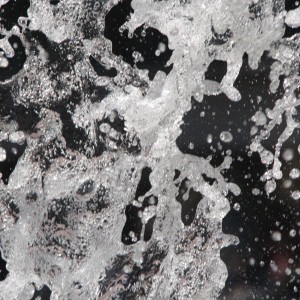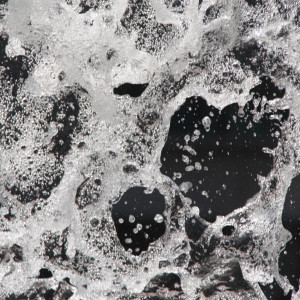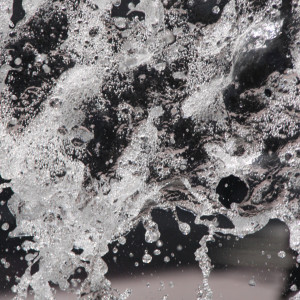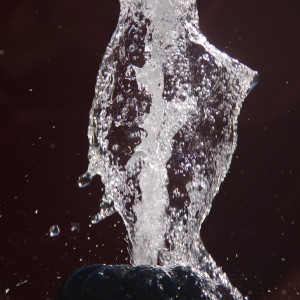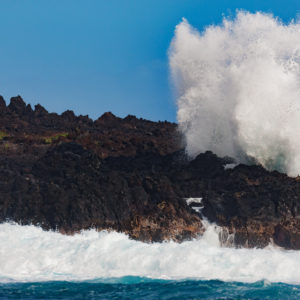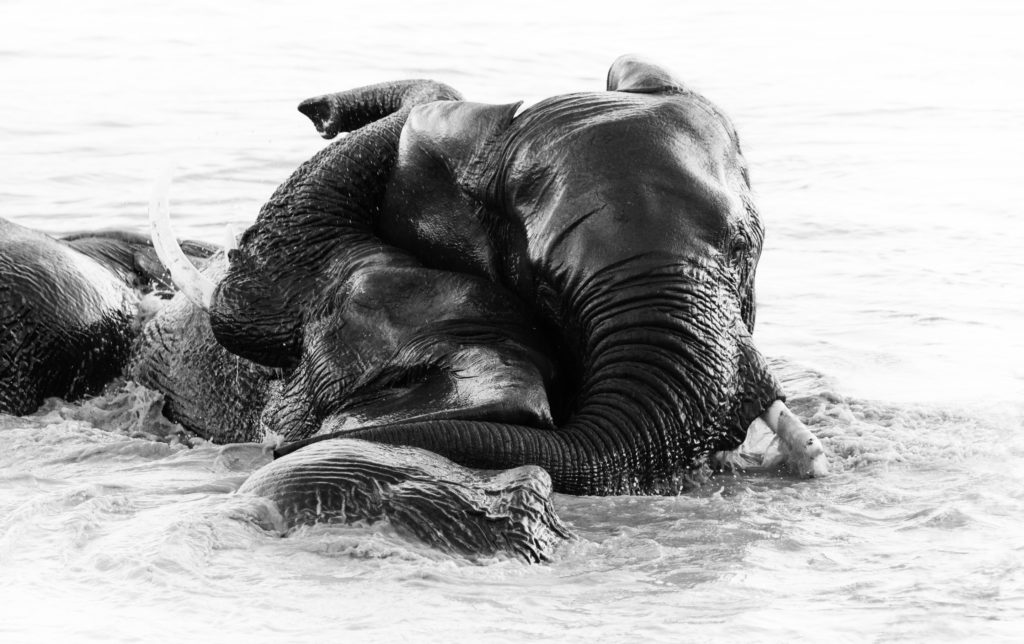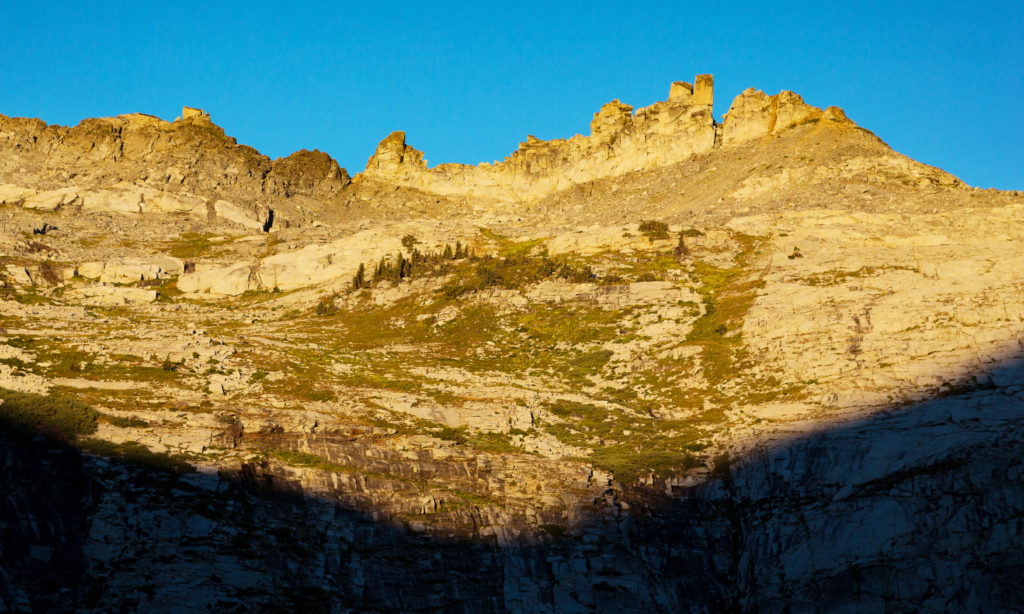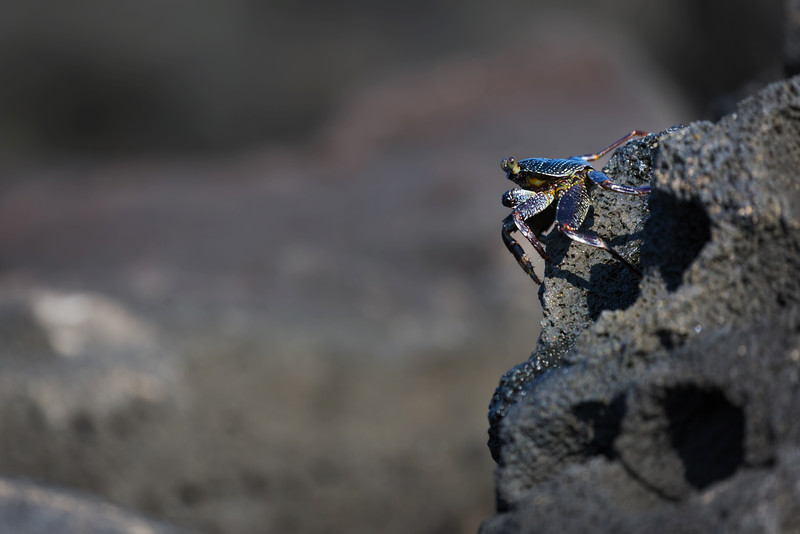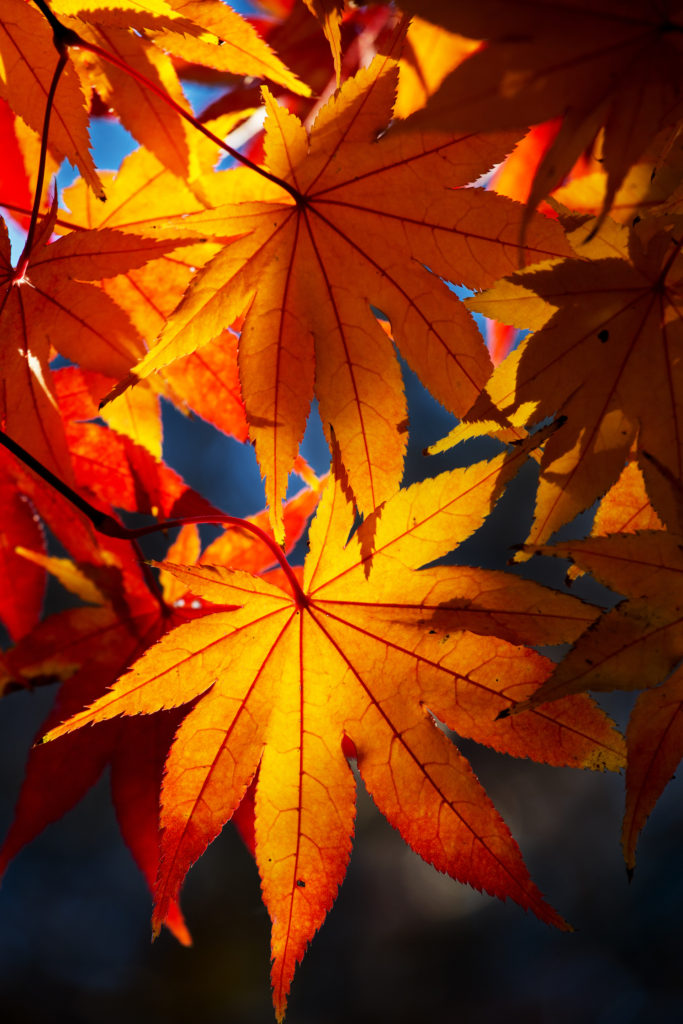Posts Tagged: long exposure


6 Tips for Shooting Moving Water
Regardless of whether you want to shoot a small water fountain, gigantic crashing ocean waves, a slowly moving river or a gushing waterfall there are a number of important tips to consider.
1. Decide why you like the water feature
This step is often missed, but yet is the most important. Ask yourself what it is that attracts you to the water fountain/falls/waves/whatever. Is it because of the motion? The shape? The color? What do you feel when you look at it? Peaceful? Scared? Mesmerized? You need to capture that feeling, and doing so will completely change how you set up your camera, from the viewing angle to the shutter speed to the aperture.
2. Pick your shutter speed
More than anything else, the shutter speed affects how water is captured visually. Use a long shutter speed to capture a soothing image, but a (very) fast one to capture drama and action. For example, look at these two images from a hotel fountain in Morocco. I took both pictures of the same fountain from the same angle and only varied the shutter speed (and conversely the aperture because they’re interrelated). Notice how different the results are! Note how one has completely frozen the water in an interesting shape, while the other has made it smooth and dreamy. If I had had a tripod, I could have taken an even longer exposure for an even more pronounced effect.
- Fast: 1/800th
- Slow: 1/6th
3. Always carry a tripod
I broke this rule while in Morocco and regretted it. There were a number of interesting water features that would have made fantastic long exposure shots. I rarely ever leave home without my tripod, and I suggest you always carry yours too. I always end up using it more than I think I will. And for shooting water, it’s an absolutely invaluable tool.
4. Taking a long exposure shot? Take your time!
If you decided on a long exposure for your image, sit down and relax. You need the time to take a few shots at different lengths of time to get the effect you want. The length of time you need to capture the scene greatly depends on the speed of the water. The longer you make the exposure, the smoother and more dreamy the results will be. Don’t forget about the middle ranges of shutter speeds too, though. It’s common to immediately jump to the 30 second setting on a camera, hoping for “super dreamy”. But it turns out that wonderful things also happen at 6 seconds as well. So take a variety of shots with varying shutter speeds and compare the results when you get home.
Consider the following long exposure examples:
- Streaks Of Life
- Everything Comes My Way
- The House of a Dreamer
- Poipu, Kauai, Hawaii, US, Earth
5. Taking a high-speed action shot of water? Take your time!
You would think that with a high shutter speed you shouldn’t need much time to capture your image. But surprisingly, the reality is that moving water varies so greatly that from one moment to the next, multiple images of the subject can look intensely different. Take your time to frame the shot and then take a bunch of shots to see which one produces the most interesting pattern. We humans just can’t judge the fast moving liquid patterns to time a shot so that the most interesting water structures are present exactly when we click the shutter release. This is one time I break my rule of “setup the shot, then click once”, as the dynamic nature of moving water requires multiple shots. Consider the following four shots, which were all shot behind a waterfall at an exhibit in San Francisco. Note how different they are and the only real variable is the time between the shutter release presses.
- Fountain 1
- Fountain 2
- Fountain 3
- Fountain 4
Remember that fountain up above from the hotel in Morocco? Here’s two images of the same fountain taken just a fraction of a second apart. Note how different the shots are; the only variable between them is a small moment of time.
- Stop Motion Water
- Fast: 1/800th
6. Shooting the ocean? Study the shape and patterns of the waves first.
Did you know surfers often sit and watch the ocean for a while before venturing out on their boards? They’ve learned that by watching the surf you can get a feel for where the best waves are, where they’re crashing and where they’re the most dynamic. Learn this trick from the surfers and do the same thing. Go sit above the ocean for a bit with your camera still in its bag to ensure that you capture the most dramatic or calming elements of the scene before you. After you’ve sat for 10 minutes or more, you’ll have a much better sense of where the most interesting waves are crashing that day.
- Krash!
- White Flows
- Going Out
It’s about time
Have you noticed that nearly all of the tips above suggest that you take your time when shooting water? Taking your time when shooting water features is the best over-all tip I can suggest to you. Water is very dynamic, always changing and requires a block of time to shoot it perfectly. Just because the water is rushing doesn’t mean you need to.







